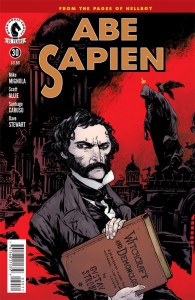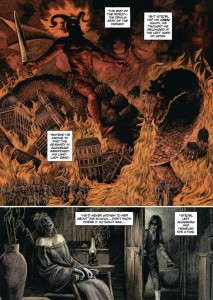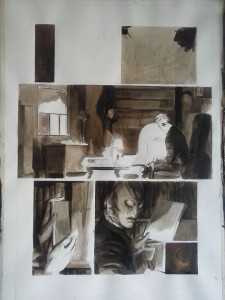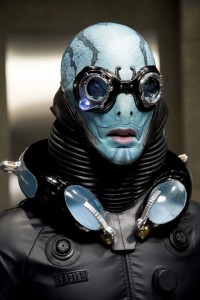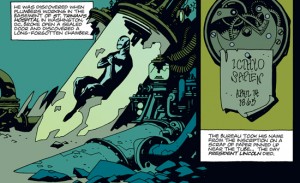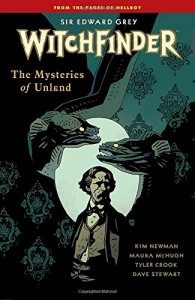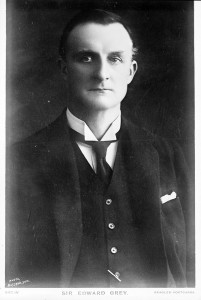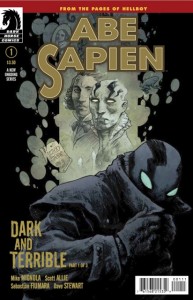What’s this strangeness? Illustrated book covers from Spanish language editions? And of weird or obscure books? But look, the marvellous Santiago Caruso is involved. So we did it. We are fearless. Our weird art theme has returned.
We’ve long been admirers of the exquisite covers on the books of Editorial Valdemar, an independent Spanish publisher based in Madrid. The company was set up by Rafael Diaz Santander and Juan Luis Gonzalez at the end of the eighties, and now has a fantastic range of Spanish language gothic fiction, horror, fantasy and science fiction literature. Thomas Ligotti, H P Lovecraft and Sherlock Holmes in Castilian, no less.
Not only do Editorial Valdemar cover some of the greatest classics in weird literature through their Gothic collection, but they have also introduced translations of contemporary works via their Insomnia range. They now offer Caitlin R Kiernan, Graham Masterton and others as well.
It’s those illustrated covers, though. Valdemar recently announced that they were issuing The Songs of Maldoror (about which more later), with a cover and illustrations by one of our favourite weird artists, Santiago Caruso. In his honour, we have chosen his and some of the other striking Valdemar covers, to display today.
For those people interested in the particular book in question, here’s Valdemar’s release information in our (very) loose English translation, with the original Spanish below it.
 “Finally, three months late, we just sent to press the 100th of our Gothic publications. There have been some problems, yes, we have been on the verge of a nervous breakdown, but in the end it was worth it. It is a work that we wanted to edit almost from the beginning of the founding of Valdemar, and it would have been a perfect number 1 of the collection of “The Cursed” or “A Library of Hell” we never got to do. So we thought it was a good idea for it to be the 100th Gothic publication – The Songs of Maldoror. The edition is illustrated by the great Santiago Caruso, and is complemented by the poems and letters of Isidore Ducasse, and a profuse collection of notes by Mauro Ermine. I want to thank all the fans of the Gothic collection by making it possible that we have come this far.”
“Finally, three months late, we just sent to press the 100th of our Gothic publications. There have been some problems, yes, we have been on the verge of a nervous breakdown, but in the end it was worth it. It is a work that we wanted to edit almost from the beginning of the founding of Valdemar, and it would have been a perfect number 1 of the collection of “The Cursed” or “A Library of Hell” we never got to do. So we thought it was a good idea for it to be the 100th Gothic publication – The Songs of Maldoror. The edition is illustrated by the great Santiago Caruso, and is complemented by the poems and letters of Isidore Ducasse, and a profuse collection of notes by Mauro Ermine. I want to thank all the fans of the Gothic collection by making it possible that we have come this far.”
“Por fin, con tres meses de retraso, acabamos de mandar a imprenta el número 100 de la Gótica. Ha habido algunos problemas, es cierto, hemos estado al borde del ataque de nervios, pero al final ha merecido la pena. Es una obra que nos apetecía editar casi desde el principio de la fundación de Valdemar, habría sido un número 1 perfecto de una colección de “malditos” o “una biblioteca del Infierno” que nunca llegamos a hacer. Así que nos pareció una buena idea que fuera el número 100 de la Gótica: LOS CANTOS DE MALDOROR. La edición va ilustrada por el grandísimo SANTIAGO CARUSO, y se complementa con los poemas y las cartas de Isidore Ducasse, además de un profuso aparato de notas a cargo de Mauro Armiño. Quiero agradeceros a todos los seguidores de la colección Gótica por haber hecho posible que hayamos llegado hasta aquí.”
Despite the fact that we really want to look at the pictures, we feel that we should tell you a bit about The Songs of Maldoror. The work itself is somewhat mad, and has been compared to a romantic version of William Burroughs going off the rails. It’s not exactly a greydogtales recommendation because quite frankly some people say that it’s too difficult to follow. Others find it inspiring (it has some good imagery in it, certainly).
It’s either a prose poem or a poetic novel, with six long cantos (or chunks). It’s not exactly linear, and it is rather surreal. Written around 1868-69 by Isidore-Lucien Ducasse when he was in his early twenties, it has no plot as such. It might be easiest to use the Penguin Classics blurb to try and describe it:
“…it follows the experiences of Maldoror, a master of disguises pursued by the police as the incarnation of evil, as he makes his way through a nightmarish realm of angels and gravediggers, hermaphrodites and prostitutes, lunatics and strange children. Delirious, erotic, blasphemous and grandiose by turns…”
The world of Maldoror is violent and confusing, and is said to have been a major influence upon the surrealists, French symbolism and the Dadaist movement.
Ducasse, a French writer born in Uruguay, wrote it under the pseudonym Comte de Lautremont. He died at the age of only 24, probably from fever during the 1870 siege of Paris.
Amazingly he thus managed to endure two sieges in his short life. When he was a boy he was caught up in the siege of Montevideo which was part of the war between Argentina and Uruguay. This makes his misfortune at being besieged in Paris by the Prussians rather weird in itself.
Apparently Ducasse had meant to write a ‘good’ counterpoint to The Songs of Maldoror, but never finished it. Paris surrendered two months after his death, by the way.
####
Regular listeners, who will therefore have no need of laxatives, will know that we love trivia here, and so we cannot help but mention that Valdemar the Great won the battle of Grathe (Grey) Heath in 1157 and went on to ruled Denmark. Greyheath, greydog – we couldn’t miss that out.
In addition, Bodegas Valdemar in Spain produce a nice rioja, and Valdemar is the overall title for Mercedes Lackey‘s famous series of fantasy novels, starting chronologically with The Black Gryphon. Which brings us back to weird fiction rather nicely.
You can drool over more Editorial Valdemar covers here (or even buy some of the books if you read Spanish)
And there is a sadly Caruso-less translation of The Songs of Maldoror still available from Penguin. Nice cover, though.
Next time on godknowswhatwe’redoingtales, David Senior shares his striking photography and talks about his writing as well.
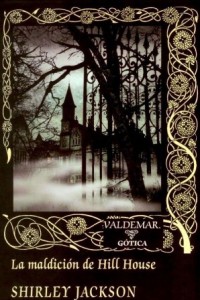
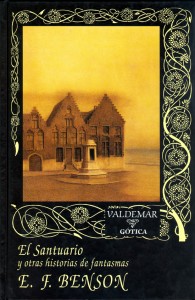
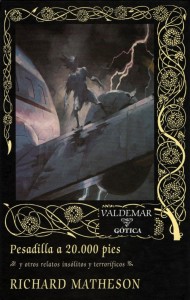
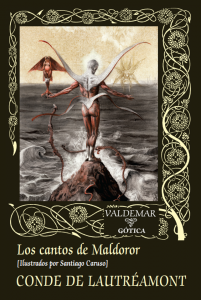

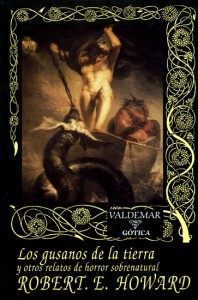
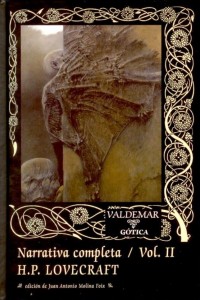

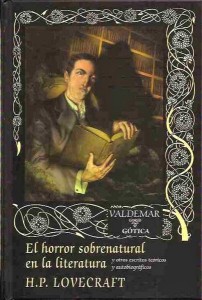
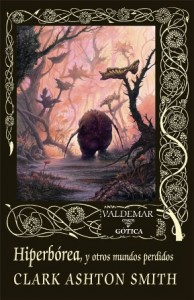
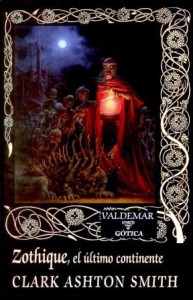
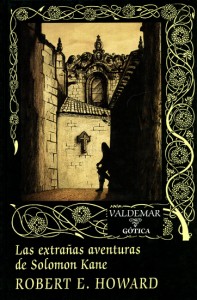
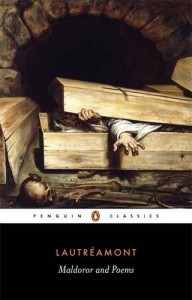 the songs of maldoror
the songs of maldoror
